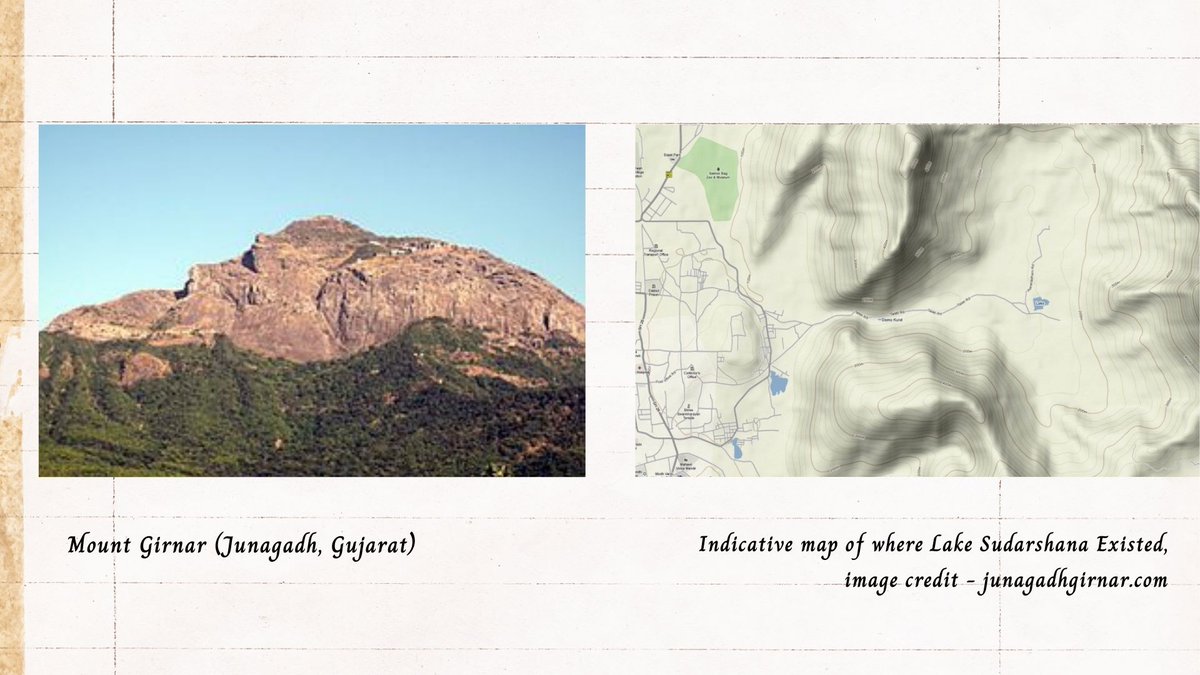
Mahabharata and Hastinapur excavation, Painted Grey Culture (PGW) Culture (1100-800 BCE).
A thread of excerpts from the book “Socio-Economic Archaeology of India” by Dr. M.K. Dhavalikar
#IncredibleMahabharata
A thread of excerpts from the book “Socio-Economic Archaeology of India” by Dr. M.K. Dhavalikar
#IncredibleMahabharata

“Another key issue in Indology for which the solution appears to have been found in archaeology is the great epic of Mahabharata. The crucial testimony comes from Hastinapur which has been identified as the capital of Kauravas.”
“B.B. Lal (1954/55), a leading Indian archaeologist, carried out explorations of sites mentioned in the Mahabharata, where interestingly enough he found a pottery Gray in colour, bearing designs in black.”
“To determine its chronological horizon and test the veracity of the epic tradition Lal carried out excavations at Hastinapur, a very expensive settlement spread along the bed of old Ganga...
...Although the river is presently 8 kms away, a small stream called “Budhi Ganga” flows close to the site.”
“The excavation revealed a 5 fold sequence of cultures with the earliest characterised by Ochre Coloured Pottery (OCP) belonging to pre 1200 BCE, the second cultural period (Ca. 1100-800 BCE) is marked by PGW.”
“The PGW habitation, according to the excavator, represents the culture of Mahabharata period, as there is corroborative evidence from the Epic and the Puranas.”
“the story goes that after the MB war, Parikshit ascended to the throne, and five generations after him when Nichakshu was ruling, there was a high flood as a result of which the life of the inhabitants was threatened, and therefore the capital was shifted to Kausambi”
“Lal found convincing proof of the flood represented by a 2 m thick deposit overlying the PGW strata … Similarly the occurrence of PGW at Kausambi in period 2 (1100- 800 BCE) also supports the literary tradition”
In further paragraphs, while discussing the Mahabharata war at Kurukshetra and its lingering public memory in ancient times, the author sites Hieun-Tsang, who travelled India during 630-645 CE –
“Hieun-Tsang, when he visited it (Kurukshetra) he was told by the local people that human bones often turn up while ploughing fields.”
Dr. Dhavalikar thus further says, that there is circumstantial evidence that the PGW culture may represent the Mahabharata culture.
The purpose of this thread is to provide an insight into the archeological study of Mahabharata.
All these excerpts are from the book "Socio-Economic Archeology of India". it is written by Dr. M.K. Dhavalikar and it is published by the Archaeological Survey of India.
All these excerpts are from the book "Socio-Economic Archeology of India". it is written by Dr. M.K. Dhavalikar and it is published by the Archaeological Survey of India.
• • •
Missing some Tweet in this thread? You can try to
force a refresh






